Microsoft's agreed acquisition of Activision Blizzard for close to $70 billion is a monumental deal that’s thrown up all manner of talking points about the way we play video games, and the balance of power between the world’s biggest gaming brands.
But amid all the speculation about the future of the industry, debates over on Microsoft’s business practices, and the ongoing controversy over Activision Blizzard’s alleged exploitative working culture, the deal, if it goes through, has one particularly significant – if rather more flippant – implication for PlayStation fans: Crash Bandicoot and Spyro will be owned by Microsoft.
Once the poster boys of PlayStation, Naughty Dog’s spinning marsupial and Insomniac’s purple dragon will likely soon be owned by the creator of Xbox. It’s a stark sign of the extent to which the gaming world has been turned upside down; things simply weren’t meant to be this way. Microsoft owning the franchises isn’t necessarily a bad thing, however, and it could mean that future entries in the series are up to the caliber of 2020’s wonderful Crash Bandicoot 4: It’s About Time .
It does, though, throw up a pressing issue. With Crash and Spyro set to fly the PlayStation nest, it leaves a mascot-shaped void at the heart of its empire. Which long-standing character should become PlayStation’s new cheerleader? What recognizable face should Sony build its gaming brand around?
For my money, it should be none other than the long-forgotten platforming duo Jak and Daxter. And what better way to thrust them back into the limelight than with a brand-new game for the series.
What’s in a mascot?
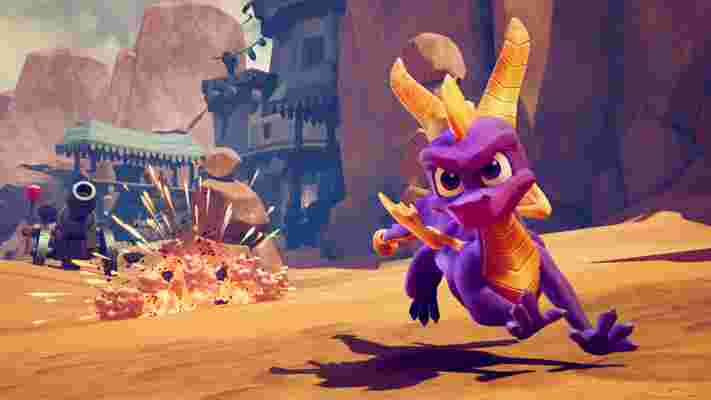
Naughty Dog creations that first appeared in 2001, Jak and Daxter are PlayStation veterans of the PS2 era. They’re a odd pair: Jak is a human boy that sports a tower of yellow hair and weirdly massive toes, while Daxter is an ottsel – a chimera of an otter and a weasel. Although later games morphed them into battle-hardened warriors, in their first outing they were soft and playful, the kind of cartoonish characters that could bring an air of snark when it suited them.
While Sony has no shortage of exclusive characters under its belt, it’s Jak and Daxter who, in my opinion, deserve to take on the mantle of PlayStation’s mascots in chief. Consider the alternatives: Aloy of the Horizon series, Ellie of The Last of Us, Ratchet and Clank, Uncharted’s Nathan Drake, Sackboy from LittleBigPlanet, God of War’s Kratos (he only made it to PC, not Xbox, so he still counts), and a load more on top.
That’s a cracking list of much-loved old and contemporary characters, but few of them could be genuine mascots. To achieve that status, a character needs to have enough universal appeal that Sony could happily plaster its face over all PlayStation marketing material without alienating too a large portion of fans. A mascot needs to charm you the first time you see it, and pique your interest. Better yet, it should be malleable enough that it can be leveraged to engage in questionable marketing tactics, such as shouting abuse at Nintendo headquarters .
Nathan Drake’s rugged jawline has a certain appeal, but when I look at a muddy middle-aged man carrying a handgun, my mind isn’t transported to the sprawling worlds of creativity and imagination that games offer. I’ve seen a thousand men shooting guns on screen, a handful of demigods in games, and plenty of heroes kitted out in various flavors of weaponry. But I’ve only ever seen one ottsel – and when I see an ottsel, I want to see more of it.
The right kind of character
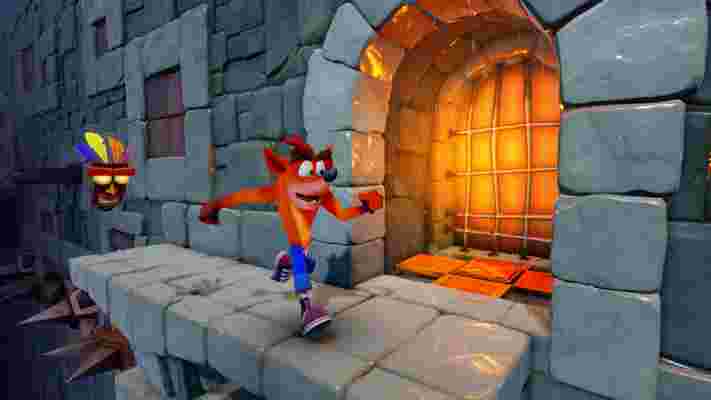
Perhaps the strongest argument in their favor is that Jak and Daxter continue an unspoken tradition of gaming mascots. Think of a random mascot, and there’s a good chance it will be a character from a platformer. Nintendo’s Mario and Kirby, Sega’s Sonic, Capcom’s Mega Man, PlayStation’s Crash and Sonic – all platformers. Microsoft turned that tradition on its head when Halo’s Master Chief and Gears of War’s Marcus Phoenix become the main faces of the Xbox, but there’s no need for Sony to reinvent the wheel. The company is trying to fill a space created by Microsoft’s acquisition of its longstanding franchises, not beat it at its own game – and it should keep the platforming mascot tradition going with Jak and Daxter.
Let’s return to a couple of the aforementioned other contenders for the PlayStation mascot crown. Why not Sackboy? While he’s certainly a charming character and comes from a line of venerated platformers, he’s too young and doesn’t bring the all-important nostalgia factor that mascots depend upon. LittleBigPlanet released in 2008, a whole seven years after Jak and Daxter, and Sackboy shouldn’t be getting ideas above his station when his elders have yet to have their time in the sun.
Ratchet and Clank are a trickier question. The pair have served PlayStation well over the last two decades, and arguably tick many of the same boxes as Jak and Daxter. But the lombax and his robotic friend have had too easy a ride for my liking, stealing the spotlight from other, more varied contenders. While Ratchet and Clank excel at wacky sci-fi shooting, leave it to Jak and Daxter to bring the fantastical, wide-eyed exploration.
Platformers aren’t dead
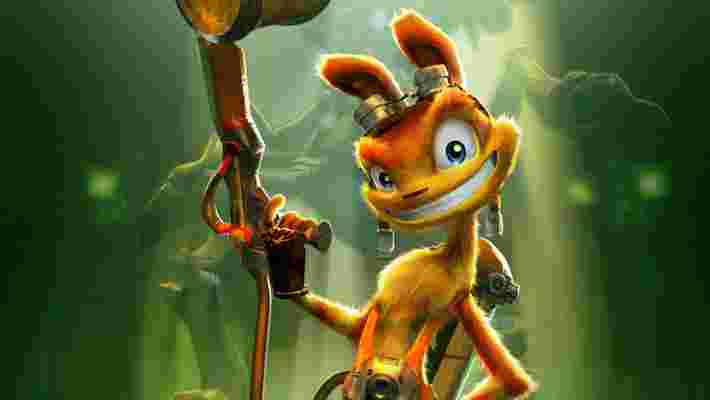
It’s easy to look at contemporary triple-A gaming and conclude that Jak and Daxter missed their shot. In a world where annualized first-person shooters are all the rage and live-service games increasingly dominate the industry, the space for a pair of cartoon mascots from a single-player title might seem to have been closed off altogether.
That’s too cynical a take in my opinion. Platformers aren’t the huge money-makers they were 30 years ago, but they’re no small-fry either. In a world where Metroid Dread can stir up plenty of excitement, and Sackboy: A Big Adventure is made a launch title for the PS5, don’t go telling me that the simple act of running and jumping has had its day. Genres have always come in and out of fashion, and platformers are no exception.
It’s questionable whether PlayStation actually needs a mascot. It’s been getting on just fine without an affable face promoting its content for the last several years, and Phil Spencer’s talk of expanding multiplatform content might signal the end of console-specific characters. If nothing else, though, reviving Jak and Daxter will provide another talking point for a decade’s time, when Microsoft goes on another buying spree and we find ourselves reacting with astonishment to the news that Jak and Daxter are now part of team Xbox.
Why I'll be buying the Canon EOS C70 over the new Canon EOS R5 C
This week Canon launched what looks like the perfect camera for videographers who need a run-and-gun filmmaking tool: the Canon EOS R5 C . Unlike its close sibling, the Canon EOS R5 , the R5 C comes with cooling fans and a host of other video upgrades, including actual Cinema EOS menus. But despite all this, I'll likely be picking up Canon's other entry-level Cinema camera, the EOS C70.
It's not a simple decision – I'm firmly in the Canon ecosystem when it comes to film and video production, and definitely in the target market for both cameras. I run a small production company, which we started with an original Canon EOS C100 back in 2014. We then bought an EOS C200 – an incredible camera that still does virtually everything we need it to – not long after it was launched in 2017. Finally, we purchased a Canon EOS R at around the time the EOS R5 was released (as it saw a significant price drop), which has been a great B-cam and gimbal cam.
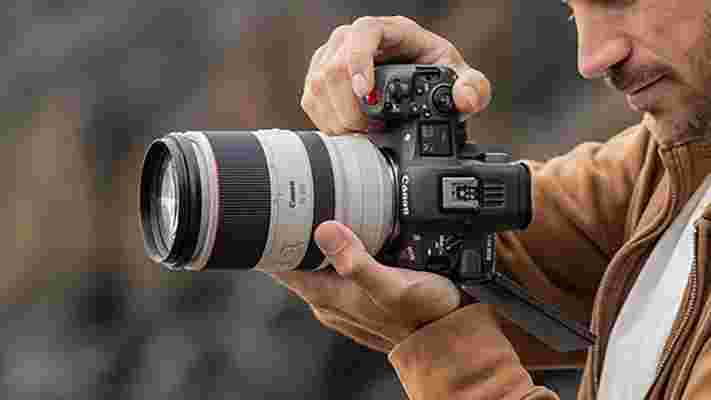
Last year, I wrote about how impressive the Canon EOS R5 was as a filmmaking prospect , even though it lacked key video features (like XLR ports and internal Neutral Density filters). The spiritual successor to the Canon EOS 5D Mark II , which was the camera that started it all for affordable, cinematic-looking video, the EOS R5 was and still is a great camera, despite the complaints about over-heating and limited recording times in 8K.
But in an attempt to remedy some of those issues, Canon has announced the EOS R5 C. That little red 'C' that now appears on the camera’s body denotes that it is officially part of Canon’s Cinema range – a range that includes cameras like the truly awesome (and truly expensive) C500, the ever-popular C300, and one of the greatest, professional video cameras ever-made, the C200. Despite this, the EOS R5 C does lack some crucial missing features that mean I'll likely be plumping for the EOS C70 instead.
The case for the R5 C
Even if the EOS R5 C isn't for me, is it the camera that hybrid shooters wanted the original R5 to be? On paper, it seems like it might be.
There’s the ability to record 8K at 30p in 12-bit RAW, in three new flavors of Cinema Raw Light (and with none of the EOS R5's recording time or over-heating issues). The latter is the reason why the R5 C bares some extra heft over a standard R5, as Canon has had to accommodate some fans to help keep the camera cool when recording in the larger resolutions and bit-rates.
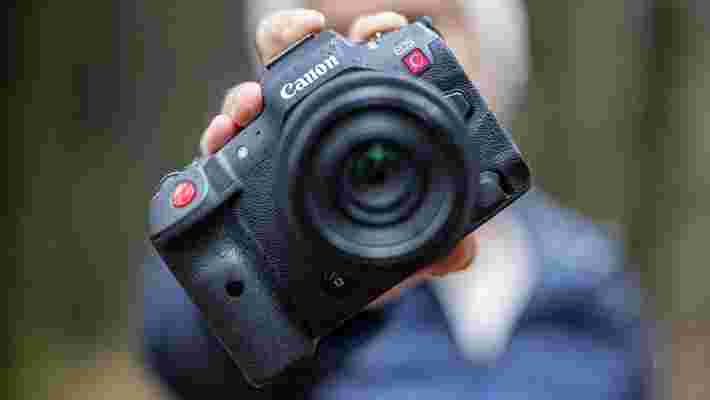
There’s no in-body stabilization (IBIS) on the R5 C, but this isn’t the end of the world. It would have been nice to have, but the smaller form factor means it’ll pair nicely with plenty of affordable gimbals out there – and those are what you really need to get those wonderfully smooth Hollywood-style tracking shots.
I also love what Canon has done with the menu set-up on the R5 C. It sounds boring, but menu systems are everything when you’re using a camera to shoot all day, several times a week. On the R5, you only have Canon’s stills UI to contend with and this makes things a little clunky when it comes to shooting video. On the R5 C, you can flip between Canon’s stills menu system and the menu system used exclusively on its Cinema cameras. To me, this almost feels like reason enough alone to get one. If it wasn't for the EOS C70, of course.
The sensible one
But there's an elephant in the room. In 2020, the EOS C70 arrived and was, at the time, Canon's smallest, entry-level Cinema camera. While the two cameras sit alongside each other in Canon's lineup, there are some significant differences – and it's these that will likely sway filmmakers like me.
The EOS C70 is older, bigger (weighing almost twice as much as the EOS R5 C), doesn't take photos, and can't shoot 8K video, maxing out at 4K resolution. It's also more expensive than its stablemate, with a price tag of $5,499 / £4,799 / AU$8,149, compared to the EOS R5 C at $4,499 / £4,499 / AU$7,499. But despite all this, it's the more practical choice for filmmakers who need a relatively small camera.
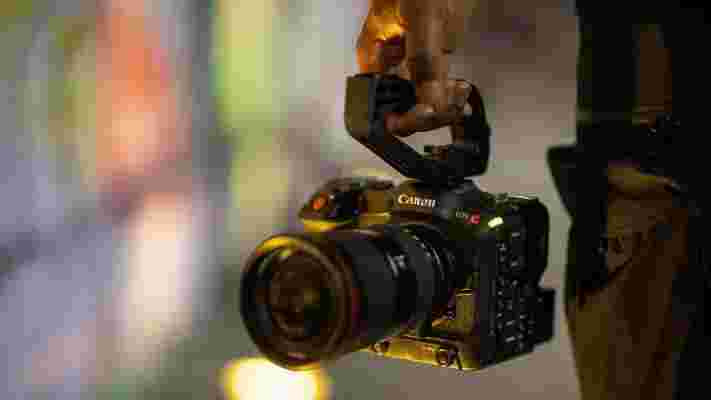
For starters, you get built-in NDs (Neutral Density filters) and two XLR inputs, both of which are essential for pro video work. Impressively, it's possible to add XLR inputs and 4-channel audio to the EOS R5 C, by slotting the optional Tascam CA-XLR2d-C into its Multi-Function shoe. But that rules out mounting an external monitor above the camera, which could be annoying.
The EOS C70 brings some other practical advantages for filmmakers. You get the option of shooting in the Canon Log 2 format, for a 16-stop dynamic range, rather than the EOS R5 C's more limited Canon Log 3 (for a 14-stop dynamic range). A firmware update, announced at the same time as the EOS R5 C, also brings the Cinema Raw Light LT 4K to the EOS C70, along with support for a dozen more Cinema and EF lenses.
Lastly, there's batteries. The EOS C70 supports bigger batteries than its new stablemate, including the BP-A30 (3,100mAh) and BP-A60 (6,200mAh), and there are also more third-party options available that give the C70 the edge over the smaller, but more limited EOS R5 C.
8K overkill
The other issue is that one of the EOS R5 C's main calling cards, 8K video, still feels unnecessary. Who really needs it? Massive file sizes, expensive editing equipment to deal with it, and resolution that you’re almost certainly going to throw away in post because there’s still no real meaningful way of delivering or watching 8K in its true resolution – right now, it’s just not worth the hassle.
You’ll be more grateful of being able to plug in an XLR mic straight into your camera, rather than having to buy an additional external recording device (which would then take you over the additional cost of the C70), versus having the extra pixels.
The EOS R5 C will undoubtably be a great camera and will have its uses. Some videographers out there may see it as a great B-cam to another insanely high resolution setup they have (RED Ranger Monstro, anyone?), which it almost certainly would be.
For me, though, it doesn’t quite fill a hole. I prefer all the added features that C70 brings, and when you’re spending the best part of $4,500 / £4,500, another few hundred doesn’t seem like the end of the world.
Oculus Quest 3 details suggest the new VR headset will arrive in 2023
The Oculus Quest 3 is reportedly in development and rumored to be arriving in 2023 with uOLED displays.
During the Meta keynote event last October, the newly renamed company detailed its metaverse plans and unveiled a new VR headset: Project Cambria . While the device promised a high-end virtual reality experience, many fans were disappointed to learn the headset was not in fact the Oculus Quest 3 - a follow-up to the hugely popular Oculus Quest 2 .
Thankfully, it sounds like we won’t have to wait long before we see a true successor to Meta’s budget-friendly wireless headset as new Oculus Quest 3 details have leaked, including its potential release schedule.
According to analyst Brad Lynch (via Android Central ) the Oculus Quest 3 is set to include uOLED displays - an upgraded version of OLED - and will be shown off during a 2023 Connect event. If Meta sticks to its event timetable from this year, we could be playing the Quest 3 by October 2023.
As with all rumors, though, we have to remember to take this with a pinch of salt. Even if Meta does plan for these release dates, there’s a chance things could get shifted if issues such as the ongoing chip shortages do not improve.
In the same tweet, Lynch added that the Cambria headset will launch with Mini-LED displays in Q2 this year, narrowing down the device's release date from the vague “next year” that was originally given by Meta’s Angela Chain during the October 2021 event.
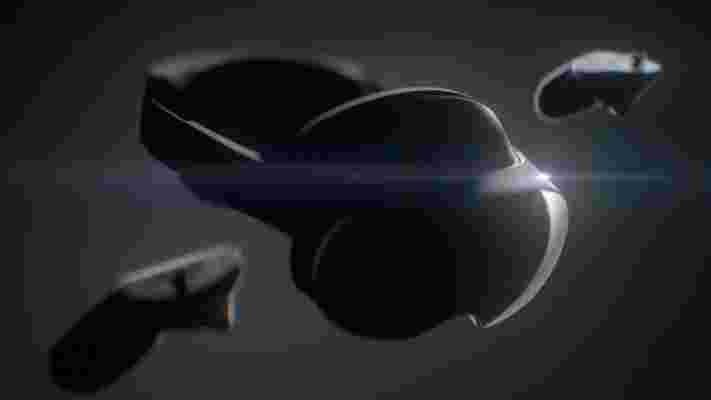
While a 2023 release will be a bit too far away for some fans, it makes sense for the Quest 3 to be held back for another year or so.
From Meta’s perspective, this release window means it should be able to maximize sales figures for its other headsets.
As of November 2021, the Quest 2 has reportedly sold over 10 million units and continues to blow previous VR headsets out of the water in terms of units shipped. Mainstream interest in the Quest 2 is at its peak right now, which means it may be better to hold off and release the new device when interest wanes.
Meanwhile, Project Cambria is expected to promise and deliver high-quality VR experiences at a premium price. If the Quest 3 can provide a great VR performance at a fraction of the cost, it’ll be a struggle for potential customers to find a reason to splash out on a Cambria instead.
From a player perspective, it may mean we’ll see a Quest 3 that feels like a true step up from the Quest 2. The added development time will allow Meta to finetune components like the uOLED displays, as well as potentially find ways to incorporate cost-effective versions of Cambria’s premium features.
We’ll likely have to wait a while longer before any official details are revealed but as soon as we hear about any Oculus Quest 3 developments or rumors we’ll be sure to keep you updated.